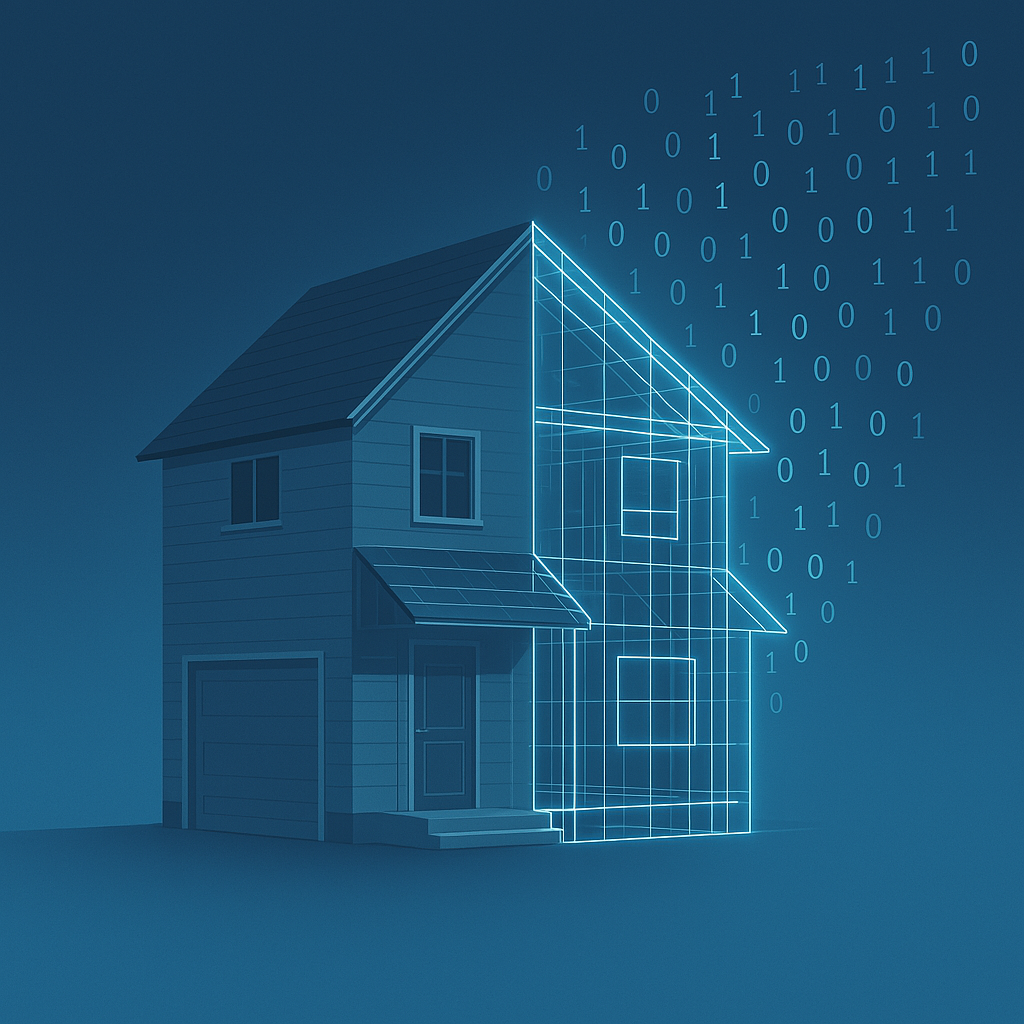
Eventually Complete Digital Twin is a term I’ve been using with colleagues, and I realized I never fully explained what I meant. So I wanted to take a minute to break it down and explore the idea more clearly.
This concept is really the merging of two ideas: Eventually Complete and Digital Twin.
Eventually Complete
When working with data, eventually complete refers to a tradeoff: you want low latency and high scalability, but you’re willing to sacrifice immediate completeness.
In other words, two people might change the same record and not immediately see each other’s updates — but those changes will eventually reconcile, either by syncing across replicas or merging through backend logic. This often happens in distributed systems where users are working against different copies or where servers are located across multiple regions.
Digital Twin
A digital twin is a virtual representation of a real-world object or system — one that is continuously updated using live data from sensors or other sources.
The goal is to maintain a digital model that mirrors reality, so users can interact with it, analyze it, make better decisions, predict future states, and test hypothetical scenarios without risk.
Applying This to Real Estate
My company works in real estate, specifically with single-family homes (SFRs). We’re constantly seeking richer, fresher data so that anyone interacting with these homes — investors, renters, property managers — has the most up-to-date picture possible.
In our world, we’re striving to build an eventually complete digital twin of the SFR market. That means each home acts as a digital twin, but the data is often laggy, sparse, or incomplete.
We might get fragmented data from various sources: property records, inspections, photos, descriptions, sensor feeds, etc. Our challenge is to take all of that — especially unstructured data like photos — and turn it into structured, machine-readable information that enhances the digital twin.
A Broader View
I actually think this idea applies far beyond real estate. Whether it’s people, organizations, vehicles, or places — we gradually build up information over time.
The faster and richer the data, the more complete the picture becomes. In a way, each of us is building a digital twin of the world inside our minds — a mental model that evolves with new inputs.
So creating systems that do the same thing isn’t really that different. It’s just more deliberate.